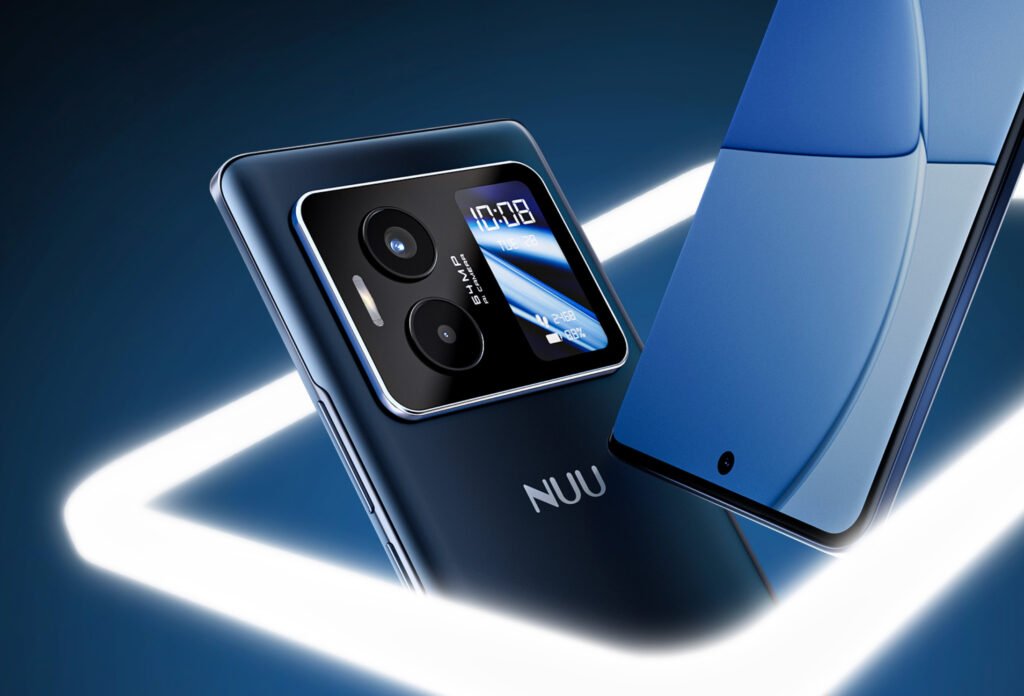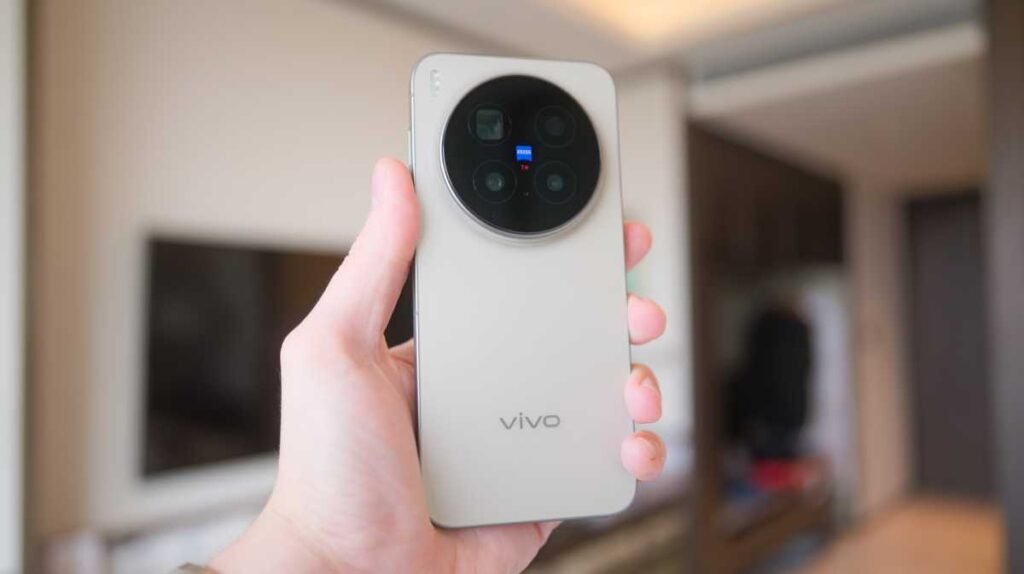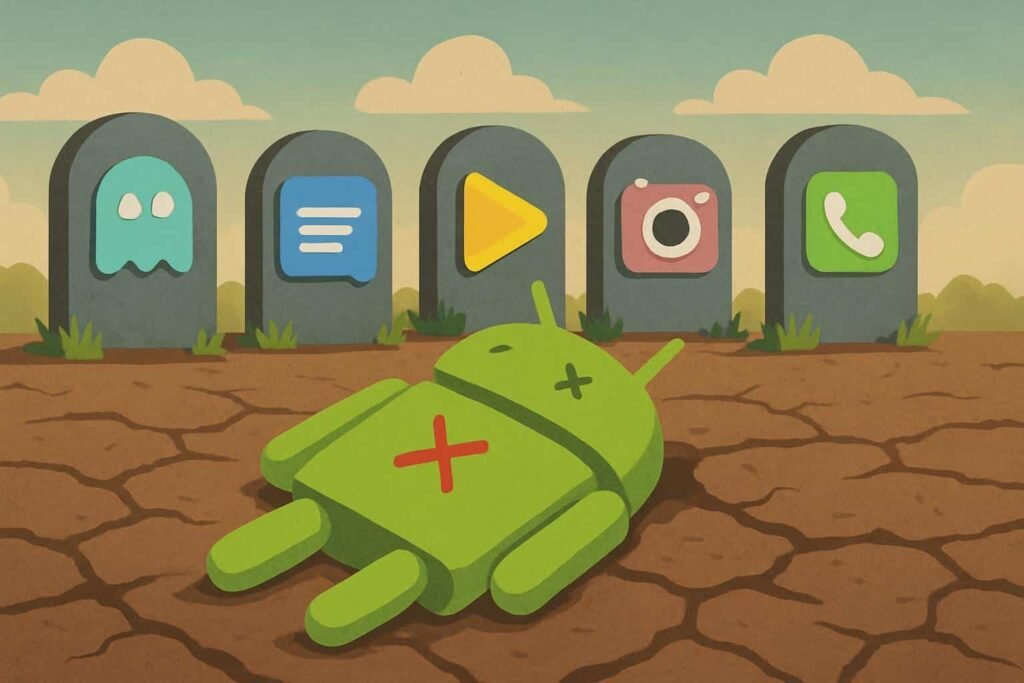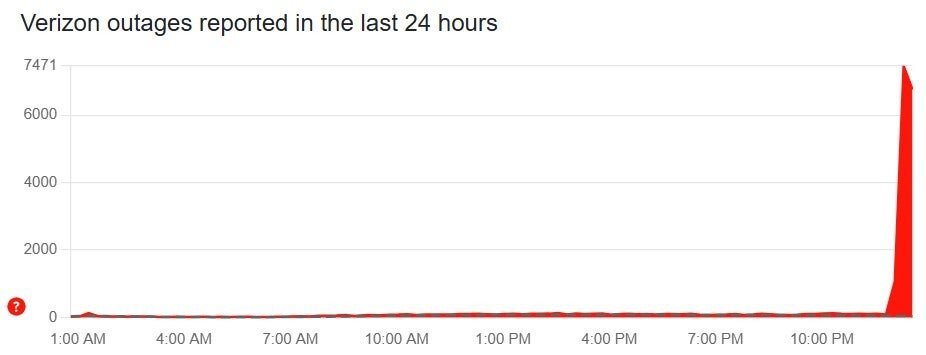
Follow ZDNET: Add us as a preferred source on Google.
ZDNET’s key takeaways
- No one has managed to make a fully free software smartphone.
- Open-source and free software projects have had limited success.
- The problem is proprietary tech with no public documentation.
The Free Software Foundation (FSF) has unveiled a new initiative called LibrePhone, with the ambitious goal of a completely free software smartphone ecosystem. Good luck with that, because this aim is not — in any way, shape, or form — an easy thing to achieve.
Zoë Kooyman, the FSF’s executive director, acknowledged this fact, saying, “Given the complexity of the devices, this work will take time, but we’re used to playing the long game.”
Also: 10 open-source Windows apps I can’t live without – and they’re all free
Project LibrePhone wants to remove all proprietary code from mobile devices. That code includes firmware, drivers, and the binary “blobs” that phones must have to operate.
Although several projects, such as GrapheneOS, postmarketOS, and /e/OS, have removed Google-specific software from the Android Open Source Project (AOSP) codebase, the devices still rely on closed components for hardware support. Kooyman said that mobile computing has long been “the last frontier of software freedom,” and that it remains dominated by closed ecosystems, such as Apple’s iOS and Google’s Android.
Also: Want to ditch Windows? This Linux distro makes that transition easy
The FSF should be aware of whether this is true, as they’ve attempted to overcome this challenge before. Replicant, a free-software-based Android distribution, was launched in 2010. It replaced Google’s proprietary Android components with free software equivalents.
However, Replicant quickly hit hardware and firmware compatibility limits. Many phone functions, particularly graphics acceleration, GPS, and modem control, still depend on undocumented, closed-source firmware. As of 2025, Replicant runs on outdated devices like the Galaxy S3 and Nexus S, but it’s far from perfect even on these phones.
The simple, sad truth is that without vendor documentation, open-source and free software developers cannot legally recreate replacements. The situation is compounded by stringent non-disclosure agreements (NDAs) from chipmakers, such as Qualcomm and Broadcom, that block programmers from reading their technical documentation.
Without this documentation, working with their proprietary code is like trying to sew while wearing boxing gloves. Linux-based smartphone projects, such as postmarketOS and Ubuntu Touch, allow limited use of proprietary blobs. Yet this is a compromise that the FSF’s stricter standards reject.
Also: 10 Linux tips I give to both beginners and professionals for improved productivity
You may have noticed I’ve been saying “free software” a lot rather than “open-source.” That’s because, while they may be similar concepts, the FSF’s founder, Richard M. Stallman (RMS), wants nothing to do with open source. Without getting too deep into the weeds, the Free Software Definition is stricter than the Open Source Initiative’s Open Source Definition rules.
Leaving aside the philosophical debates, the technical lead for LibrePhone, Rob Savoye, a long-time GNU contributor best known for creating Gnash, the free Adobe Flash alternative, faces the massive task of reverse-engineering proprietary firmware with minimal documentation. When that intractable challenge is overcome, his team must then create open substitutes that meet the FSF’s stringent guidelines for fully free systems.
Savoye bravely said: “As a long-time embedded systems engineer who has worked on mobile devices for decades, I’m looking forward to this opportunity to work towards a freedom-supporting phone and help users gain control over their phone hardware.” I wish him luck; he’s going to need it.
Also: I abandoned Google for a search tool that doesn’t track me or push AI – and it gets better
As Android Authority reported, the first challenge for the LibrePhone team is identifying a handset with the “fewest, most fixable freedom problems.” That’s the easy part. Once selected, engineers plan to document and replicate the behavior of proprietary code with transparent, auditable alternatives. This reverse-engineering process could eventually produce the first smartphone operating system certified as entirely free under FSF standards.
Mind you, I emphasize “could” not “will.” Reverse-engineering firmware and blobs with so little information to go on has kept all programmers to date from creating a truly free or open-source phone. Still, if no one even tries, the goal can never be reached. I wish the FSF developers all the best with this daunting challenge.
Get the morning’s top stories in your inbox each day with our Tech Today newsletter.






